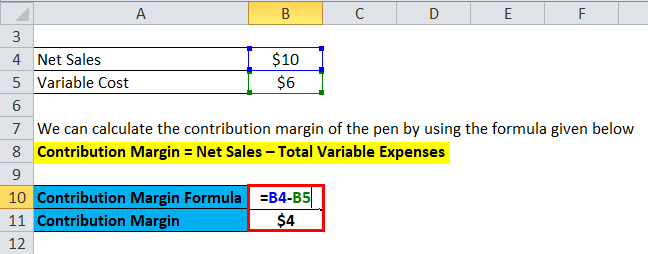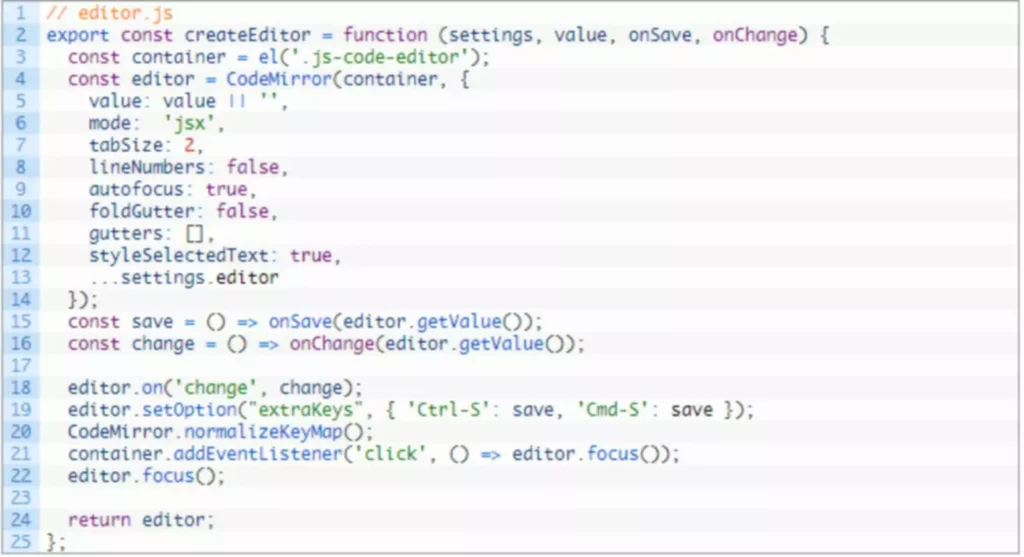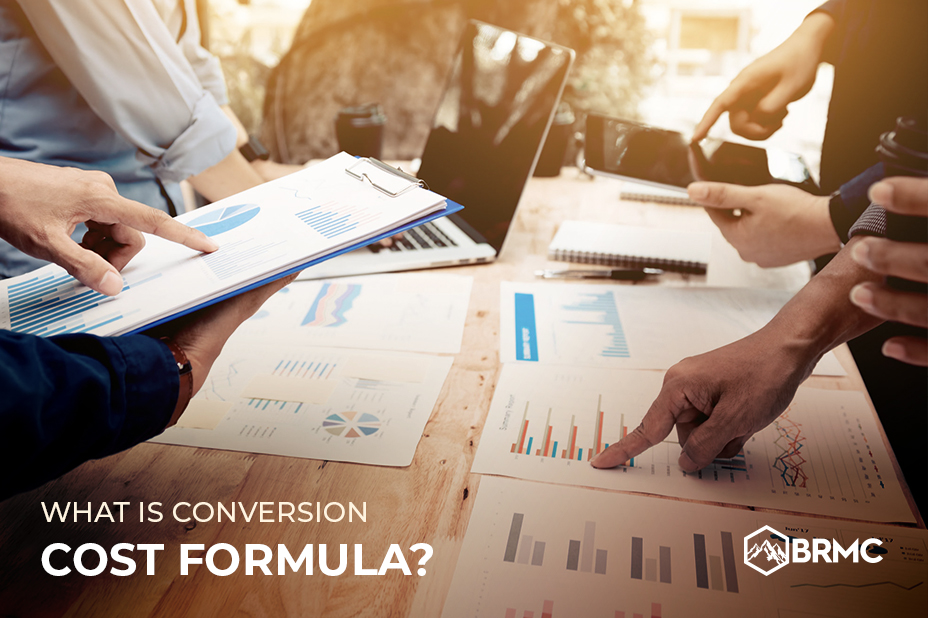
For instance, a beverage company may have 15 different products but the bulk of its profits may come from one specific beverage. The contribution margin can help company management select from among several possible products that compete to use the same set of manufacturing resources. Say that a company has a pen-manufacturing machine that is capable of producing both ink pens and ball-point pens, and management must make a choice to produce only one of them.
Contribution Margin Ratio:
To use the calculator, you’ll input your total sales revenue, variable costs per unit, and the total number of units sold. The calculator then processes these inputs to deliver not just the contribution margin but also the contribution margin ratio and the total profit generated. All you have to do is multiply both the selling price per unit and the variable costs per unit by the number of units you sell, and then subtract the total variable costs from the total selling revenue. Let’s examine how all three approaches convey the same financial performance, although represented somewhat differently.
What is the Contribution Margin Ratio?
A store owner will pay a fixed monthly cost for the store space regardless of how many goods are sold. In this example, if we had been given the fixed expenses, we could also find out the firm’s net profit. For information pertaining to the registration status of 11 Financial, please contact the state securities regulators for 2021 federal quarterly estimated tax payments those states in which 11 Financial maintains a registration filing. Here, we are calculating the contribution margin on a per-unit basis, but the same values would be obtained if we had used the total figures instead. We’ll next calculate the contribution margin and CM ratio in each of the projected periods in the final step.

What is the difference between the contribution margin ratio and contribution margin per unit?
- As you will learn in future chapters, in order for businesses to remain profitable, it is important for managers to understand how to measure and manage fixed and variable costs for decision-making.
- Let’s take another contribution margin example and say that a firm’s fixed expenses are $100,000.
- As we said earlier, variable costs have a direct relationship with production levels.
- It means there’s more money for covering fixed costs and contributing to profit.
- It’s calculated by subtracting variable costs (costs that change with the level of output) from the sales revenue.
- By doing so, executives and managers can make educated decisions that drive profitability and sustainable growth.
The contribution margin is different from the gross profit margin, the difference between sales revenue and the cost of goods sold. While contribution margins only count the variable costs, the gross profit margin includes all of the costs that a company incurs in order to make sales. The difference between fixed and variable costs has to do with their correlation to the production levels of a company. As we said earlier, variable costs have a direct relationship with production levels. However, ink pen production will be impossible without the manufacturing machine which comes at a fixed cost of $10,000.
How To Calculate?
Additionally, understanding the financial ratios that emerge from this analysis can guide strategic decisions. The Contribution Margin Ratio is a key financial metric that offers insights into the efficiency of your product line and sales strategy. It is expressed as a percentage and illustrates what portion of each sales dollar contributes to covering fixed costs and generating profit. This ratio is particularly useful in evaluating the profitability of different products or services within your business.
Now, divide the total contribution margin by the number of units sold. Instead of doing contribution margin analyses on whole product lines, it is also helpful to find out just how much every unit sold is bringing into the business. Calculate the company’s contribution margin for the period and calculate its breakeven point in both units and dollars. The profitability of our company likely benefited from the increased contribution margin per product, as the contribution margin per dollar increased from $0.60 to $0.68. Profits will equal the number of units sold in excess of 3,000 units multiplied by the unit contribution margin.
Whether it manufactures 200 widgets or 20,000, that rent bill remains. Break even point (BEP) refers to the activity level at which total revenue equals total cost. Contribution margin is the variable expenses plus some part of fixed costs which is covered.
However, a general rule of thumb is that a Contribution Margin above 20% is considered good, while anything below 10% is considered to be relatively low. A financial professional will offer guidance based on the information provided and offer a no-obligation call to better understand your situation. Our mission is to empower readers with the most factual and reliable financial information possible to help them make informed decisions for their individual needs. Our writing and editorial staff are a team of experts holding advanced financial designations and have written for most major financial media publications.





